What do skunks eat?
Having wild skunks in your backyard or near your property can be extremely unpleasant, especially if they spray a person or a pet. Understanding a skunk’s diet and taking the necessary precautions to disincentivize a skunk from foraging in your backyard by limiting its food sources are important steps to encourage the skunk to never return.
Skunks are omnivores, meaning that they’ll eat almost anything including insects, rodents, snakes, eggs, lizards, berries, mushrooms, fruit, nuts, and even garbage. Skunks won’t hesitate to dig through a garbage can to find scraps which can create a huge mess in the surrounding area. In fact, skunks enjoy digging for their food, preferring to dig in heavily watered lawns for worms, grubs, and other insects. These holes are generally between one and three inches deep which can be a massive inconvenience if the digging of the hole is repeated.
Skunks are nocturnal, meaning they tend to forage for food under the cover of night and sleep during the day. This means that sighting a skunk is rather infrequent
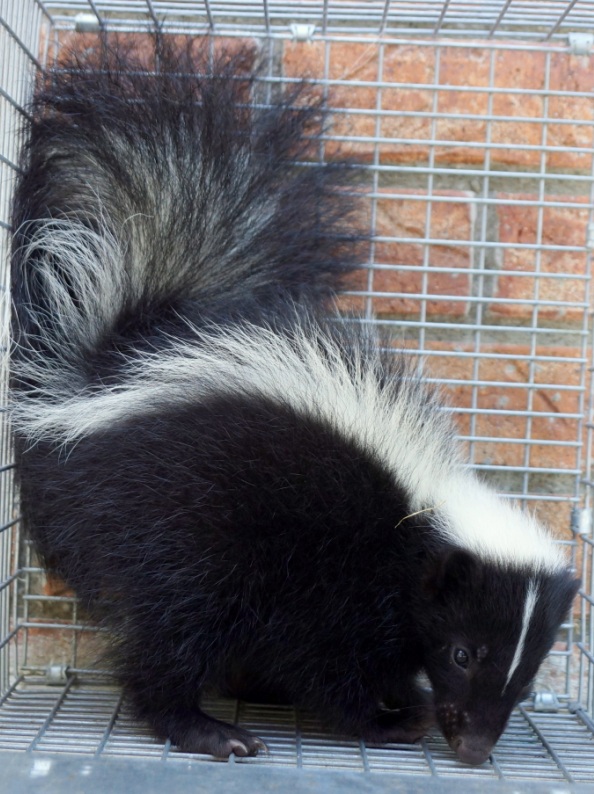
which is why it’s so important to be able to identify when a skunk has visited your lawn through the observation of holes, piles of dirt, or a mess around your garbage can. Skunks tend not to stray far from their den which means if they successfully found food once in your lawn or garbage can, they’re likely to come back regularly. The most humane way to deal with a skunk visiting your yard too much is to limit its food supply. The first thing you want to make sure is that none of your neighbors are giving the skunk food. If someone is feeding a skunk, it will become a lot more motivated to come back to your neighborhood and scavenge for food. Additionally, be sure not to scare the skunk or harm it in any way, as it will spray as a defense mechanism. If the skunk is frequenting your garbage can, looking for scraps, you could either put something like a brick on top of the garbage can to restrict the skunk’s access or simply buy a lock. If the skunk is digging in your yard, consider putting a tarp over your lawn, watering less, or putting a fence around your backyard. Once you cut off the skunk’s preferred food source, it will quickly find a new place to scavenge for food.
Select Your Animal

Raccoons
Raccoon Removal Information & How-To Tips
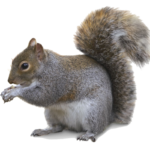
Squirrel
Squirrel Removal Information & How-To Tips
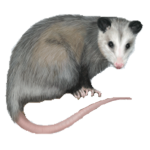
Opossum
Opossum Removal Information & How-To Tips
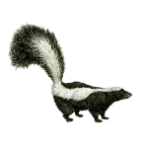
Skunks
Skunks Removal Information & How-To Tips
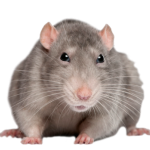
Rats
Rat Removal Information & How-To Tips
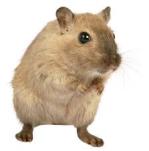
Mouse
Mouse Removal Information & How-To Tips
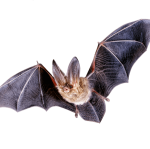
Bat
Bat Removal Information & How-To Tips

Bird
Bird Removal Information & How-To Tips
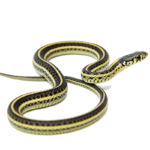
Snake
Snake Removal Information & How-To Tips
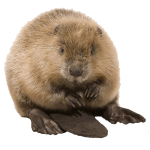
Beaver
Beaver Removal Information & How-To Tips
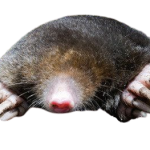
Mole
Mole Removal Information & How-To Tips
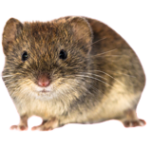
Vole
Vole Removal Information & How-To Tips
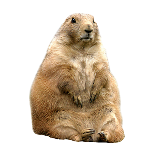
Gopher
Gopher Removal Information & How-To Tips
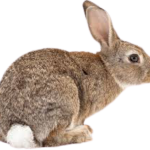
Rabbit
Rabbit Removal Information & How-To Tips
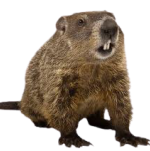
Woodchuck
Woodchuck Removal Information & How-To Tips
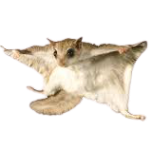
Flying Squirrel
Flying Squirrel Removal Information & How-To Tips
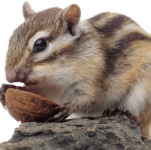
Chipmunk
Chipmunk Removal Information & How-To Tips
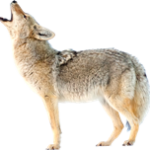
Coyote
Coyote Removal Information & How-To Tips
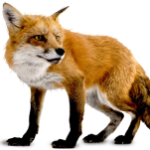
Fox
Fox Removal Information & How-To Tips

Wild Hog
Wild Hog Removal Information & How-To Tips
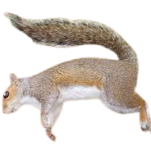
Dead Animal
Dead Animal Removal Information & How-To Tips